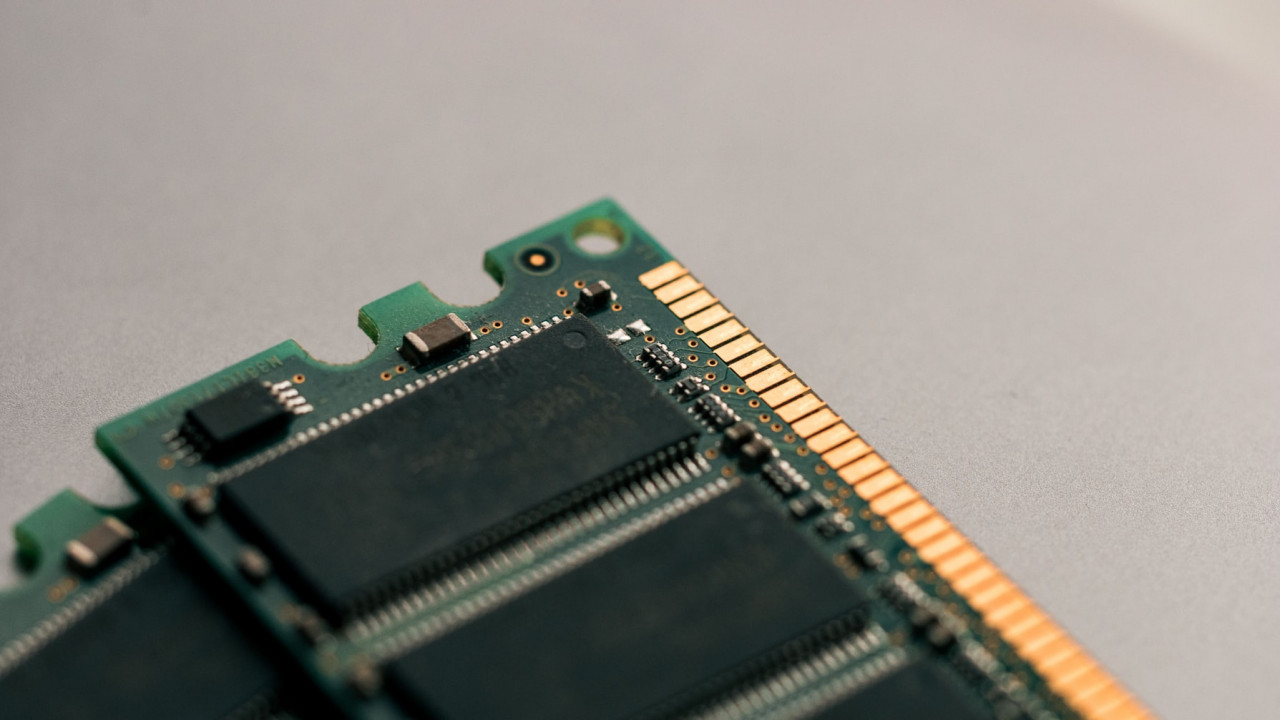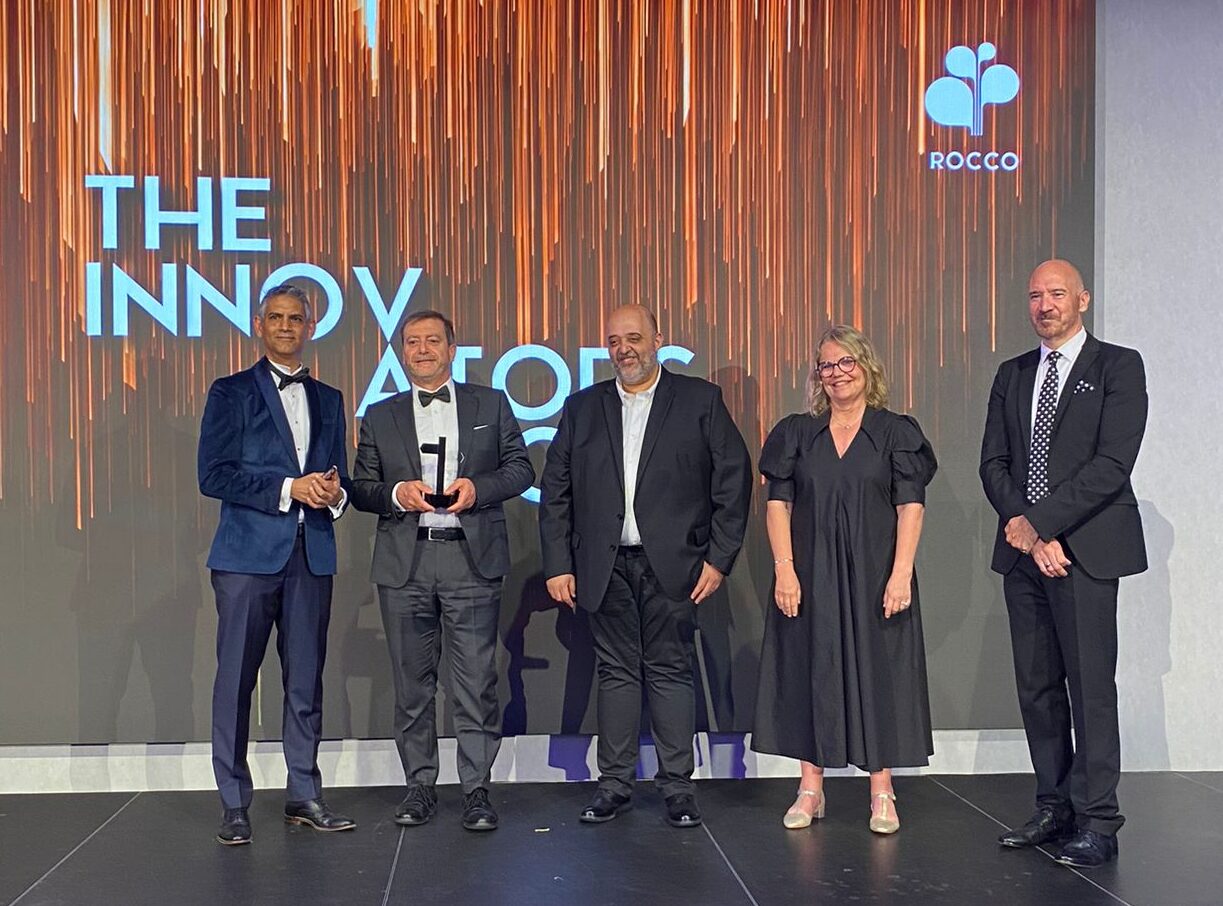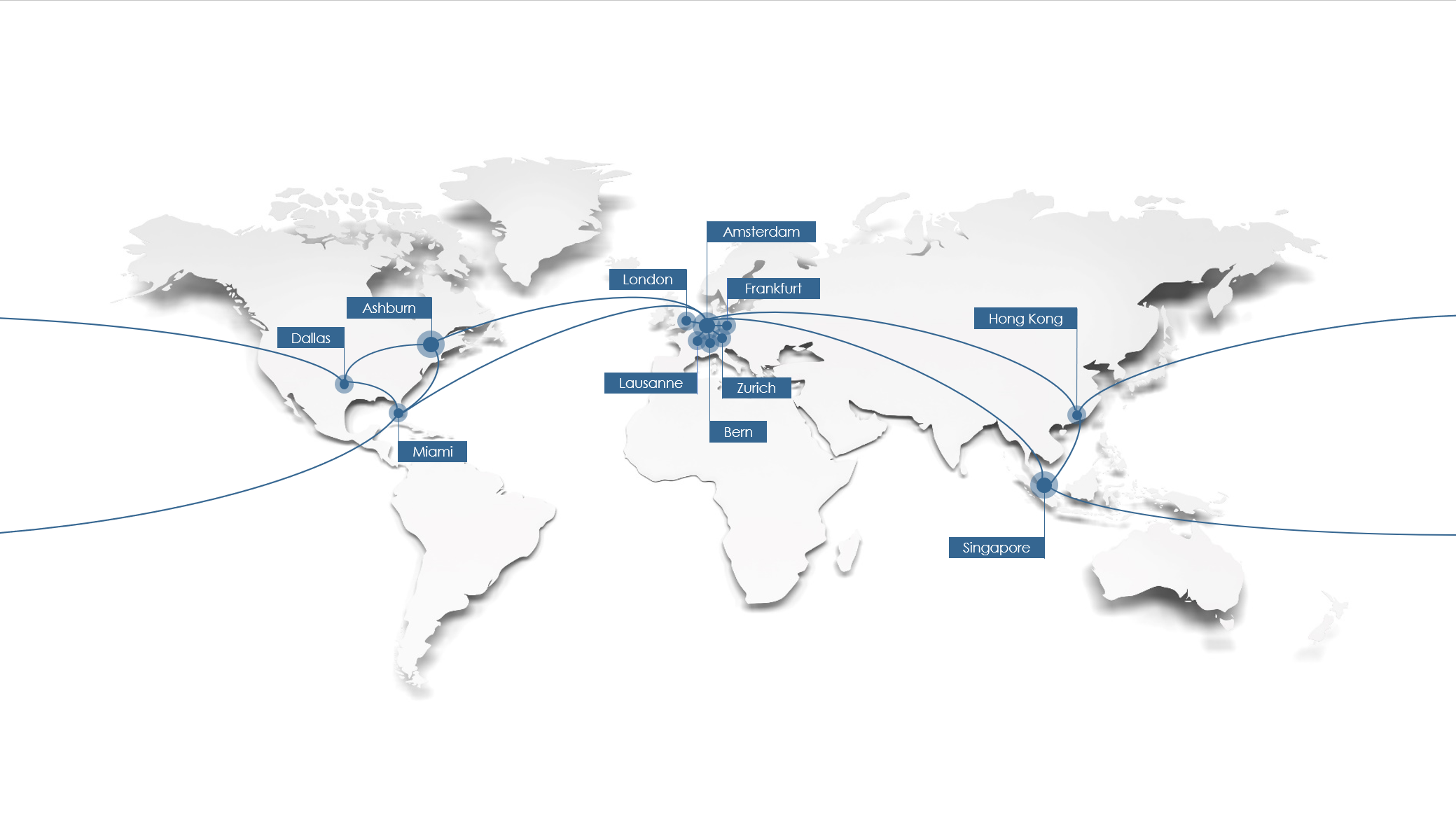For almost 10 years, Comfone has been deploying VMWare ESXi hypervisor hosts.
Over this time, we have deployed the vast majority of servers as virtual machines.
This has allowed Comfone to reduce our footprint in physical servers by an estimated factor of at least 20x.
This results in lower capex and increases our availability and reliability as well as lowering our opex and energy consumption, to create a greener IT solution.
In this blog post, I will discuss the benefits of hypervisors, provide some examples of how Comfone implemented these changes to our ICT infrastructure and explore the differences it has made to the company.

What is a hypervisor?
A hypervisor is a host server which runs many virtual servers.
Hypervisors enable a reduction in opex and energy consumption because typically a server only uses a small fraction of the resources available.
The benefits of using a hypervisor?
Many servers use only 5 – 10% of the CPU resources on average.When deploying more powerful servers of a very high quality, resulting in less outages and better performance, one such hypervisor system may easily run more then 20 virtual servers.
At the same time, this more performant hypervisor ‘only’ has a load of 60 – 80% (because it has more performant resources).This leaves more than enough ‘headroom’ for individual virtual servers to get the promised-but-typically-not-needed resources.
This principle called either thin provisioning or over provisioning.

How we increase our efficiency with a hypervisor
At Comfone, we use a hypervisor along with a vCenter (server or appliance) that may re-distribute the virtual servers over the available hypervisors in a cluster. This ensures that we are able to satisfy any desired need for resources.
This not only applies to CPU resources, but equally to memory (RAM) and storage needs, which can also be deployed ‘thin’, thus allowing over provisioning of the storage.
We have been able to increase efficiency at Comfone by using thin provisioning in our standard Linux system disk, which has made the storage system around 100x more efficient than the same system would be with thick provisioning.

How to increase reliability and availability?
Deploying a better-than-average quality hardware for the hypervisors isn’t the only factor raising the reliability.
The re-distribution is called DRS or Distributed Resource Scheduling and this works on running virtual servers and can migrate these servers on-the-fly to a lower loaded hypervisor, in the same cluster, automatically.
Furthermore, a vCenter has a peer service called HA for High Availability.HA detects more serious issues with a hypervisor and may pro-actively migrate load before hypervisor issues occur or, if this wasn’t detected in time, re-start the virtual servers automatically in case a hypervisor fails.
While this will cause a brief period of downtime for the virtual server, it still helps keep the server up by automating what would otherwise have to be done by personnel.
These mechanisms also allow us to patch and update hypervisors without down-time.Each virtual server has virtual hardware (like network cards or storage).This virtual hardware is effectively software, which doesn’t wear and tear.
The virtual hardware is another huge factor in boosting the availability and reliability.

Finally, the ESXi hypervisors and vCenter may also have additional software, for example from the used storage vendor, to effectively manage the integration of those parts into a single seamless solution.
Why are we going for bare-metal re-installs?
Today, Comfone is about to roll out a new major version of VMWare ESXi hypervisors and vCenters.Because we’re also changing our preferred storage vendor and because we want to be 100% sure that all ESXi hypervisors and vCenters deployed are identical, we chose to re-deploy from the bare metal instead of upgrading.This way we’re sure that there are no remnants of our previous storage integration in the new setup.
Conclusion: was it worth updating our systems?
Overall, installing the hypervisors along with the vCenter has been a positive experience, and has allowed us to automate our systems.
By automating these rollouts we’re not only saving hours of repeated manual labor, we’re also avoiding hard to detect errors that might slip in otherwise (like an improper MTU size on some virtual switch).
So, even though we have many ESXi hypervisors to a single or a set of vCenters, we automate both the ESXi installation and the vCenter setup.
This automation comes at a cost, but we find that cost to not only be justifiable but even to be insignificant over the gains.




